Cats have long been a subject of fascination and inquiry, especially when it comes to their unique range of behaviors. One intriguing phenomenon that bemuses pet owners is the act of cats “talking” to birds. This behavior, known as cat chatter, is more than just an odd habit; it suggests a complex interaction between instinct, communication, and curiosity.
What Is Cat Chatter?
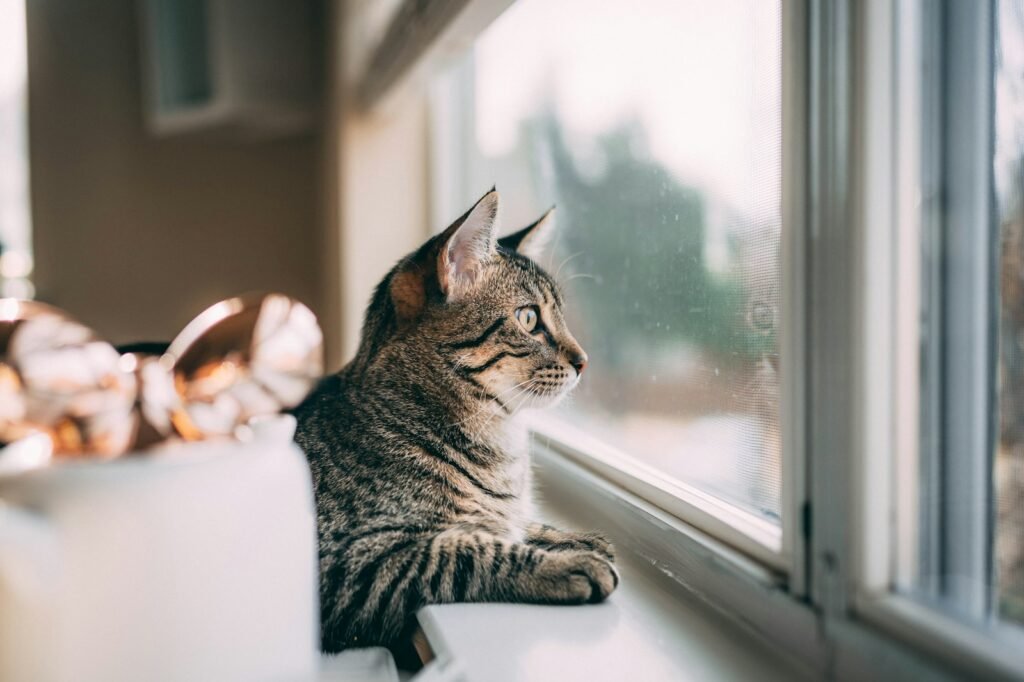
Cat chatter refers to the noise cats make when they are watching birds, often consisting of rapid, repetitive chattering sounds. This behavior is observed when cats sit by windows, glaring at birds outside, or occasionally when they are closely observing other small creatures like squirrels.
The Anatomy of the Chatter
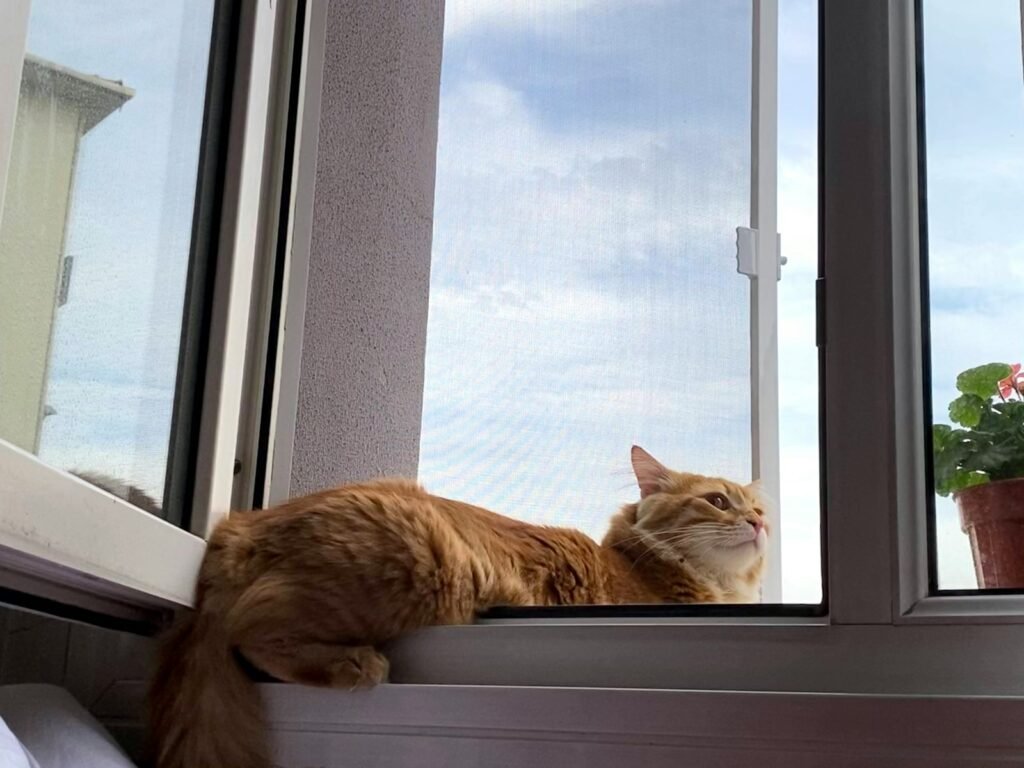
The sounds produced during cat chatter are unique and involve quick jaw movements, along with the emission of high-pitched, staccato noises. This chatter combines sharp, clicking sounds with the occasional meow, forming a distinctive vocalization pattern that differs from the typical purring or meowing.
A Glimpse into Feline Instincts
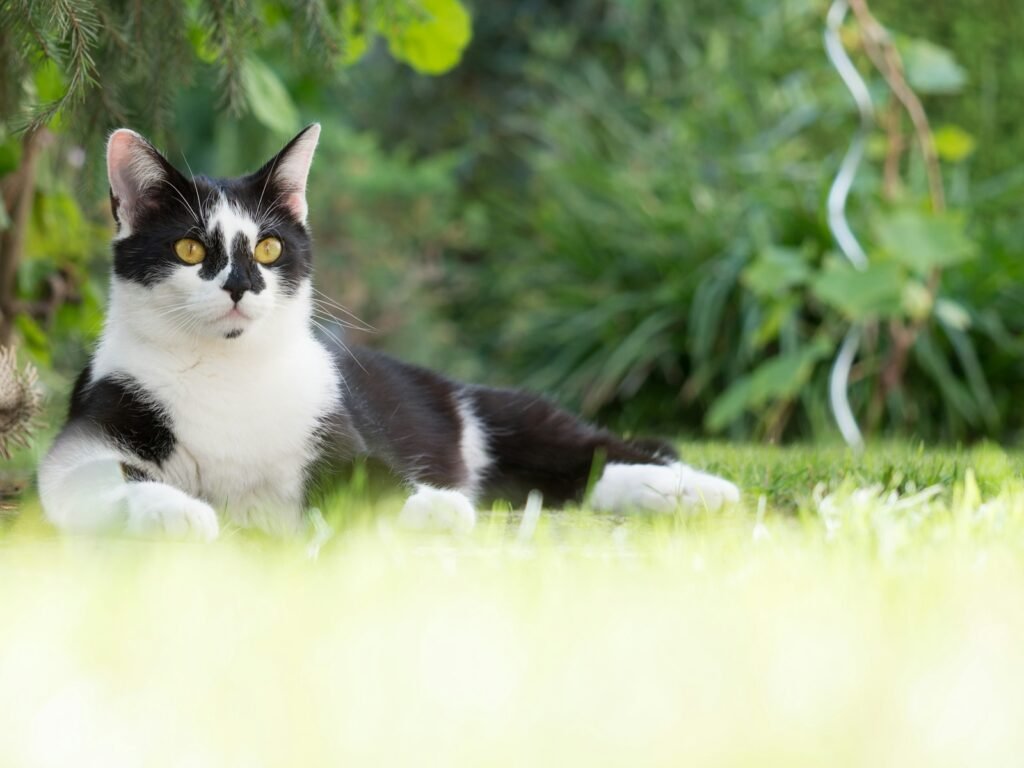
Cats are natural predators, having evolved over time to hunt and capture prey effectively. This chattering behavior is believed by some researchers to be a vestige of their ancestral hunting instincts. The rapid movements and sounds may mimic actions that would disarm or confuse prey, thus giving the cat a strategic advantage.
A Case of Frustrated Predation?
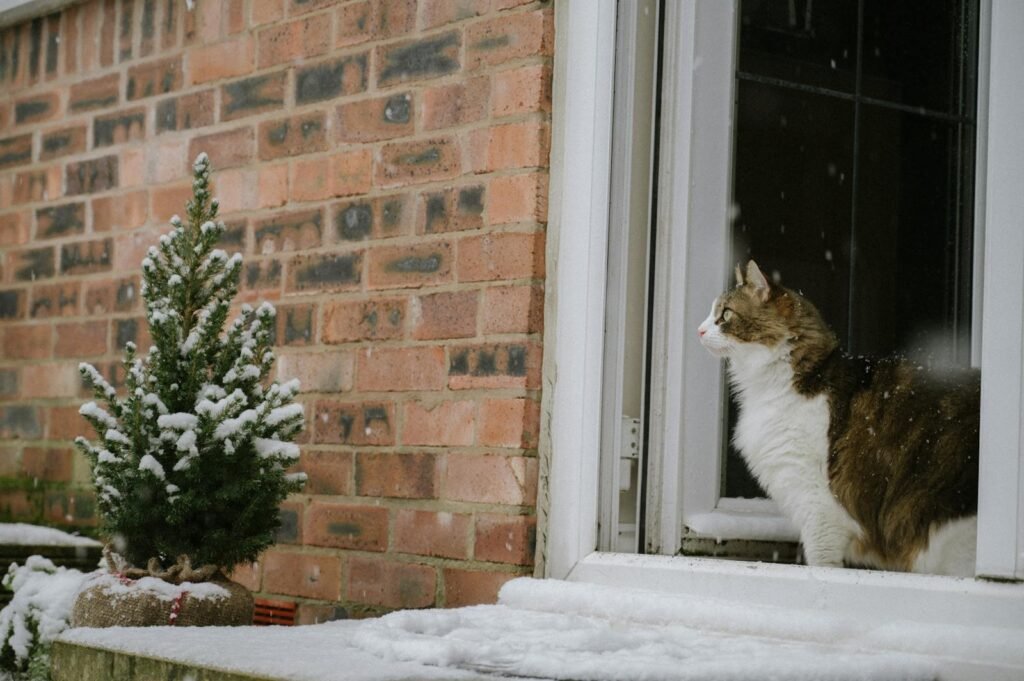
Another leading theory explaining why domestic cats chatter at birds pertains to frustration. Cats, when viewing their prey through the confines of a window, might express their frustration of being unable to capture it through the act of chattering. This could be an outlet for the energy built up from the anticipation of a hunt.
Is It a Form of Mimicry?
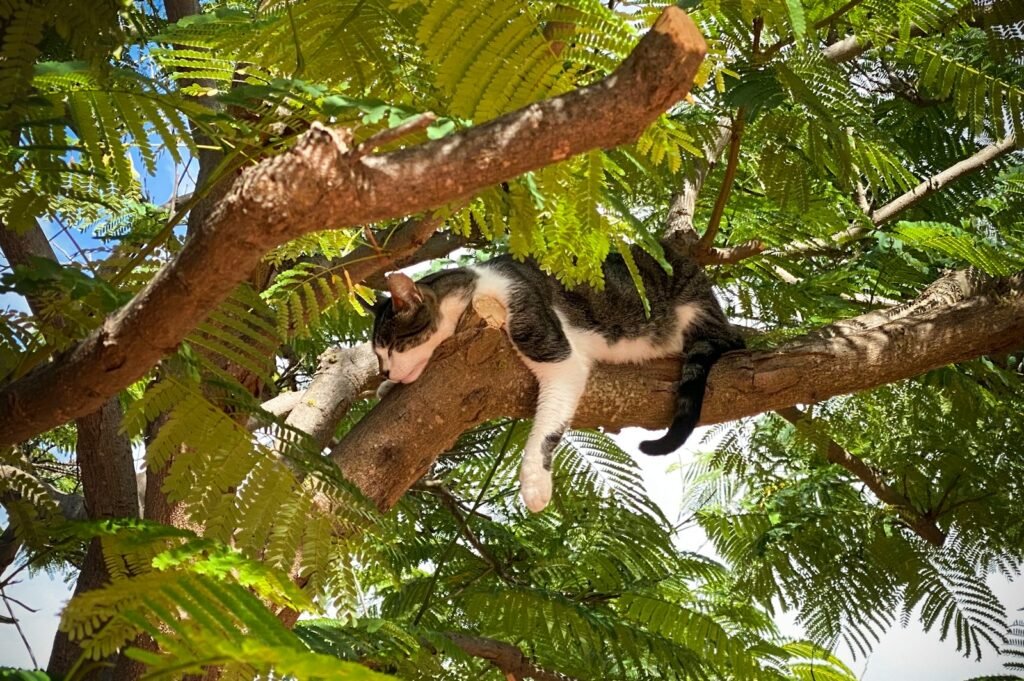
A fascinating perspective is that cats might be using mimicry to increase predatory success. Some experts hypothesize that the chattering sound could mimic bird calls, either luring birds closer or causing distraction, although conclusive evidence in domestic settings remains limited.
A Communication Tool Among Cats?
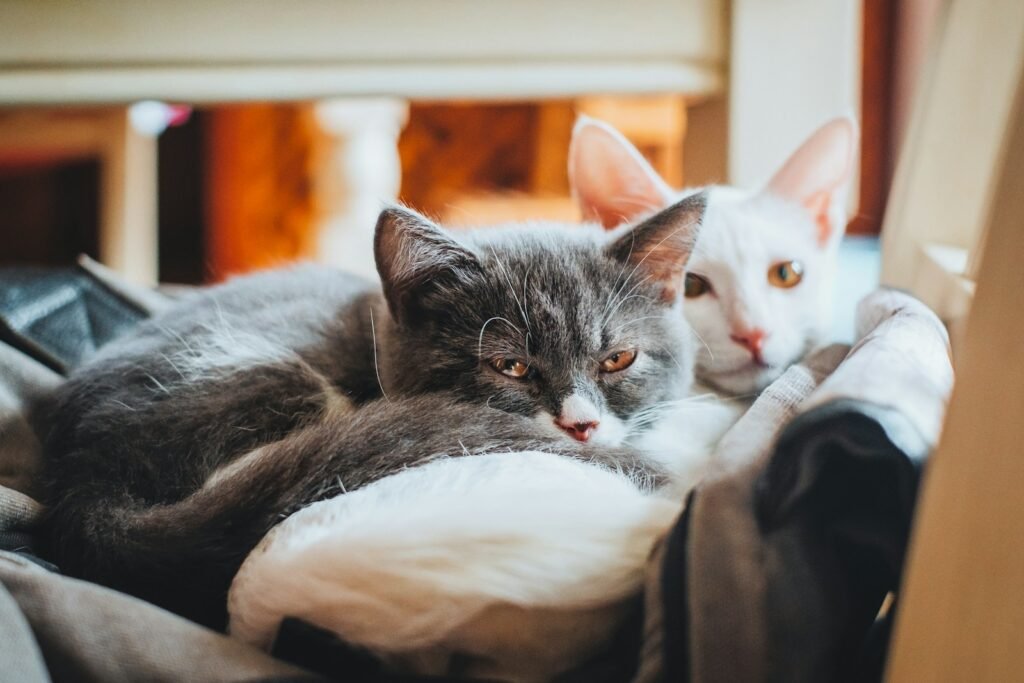
While chatter often appears to be directed toward birds, it is also speculated that this might be an attempt at communication, not with the birds, but among other cats. The chatter could serve as a signaling tool to alert presence, share awareness, or even express a form of excitement to feline companions.
Interpreting Your Cat’s Body Language
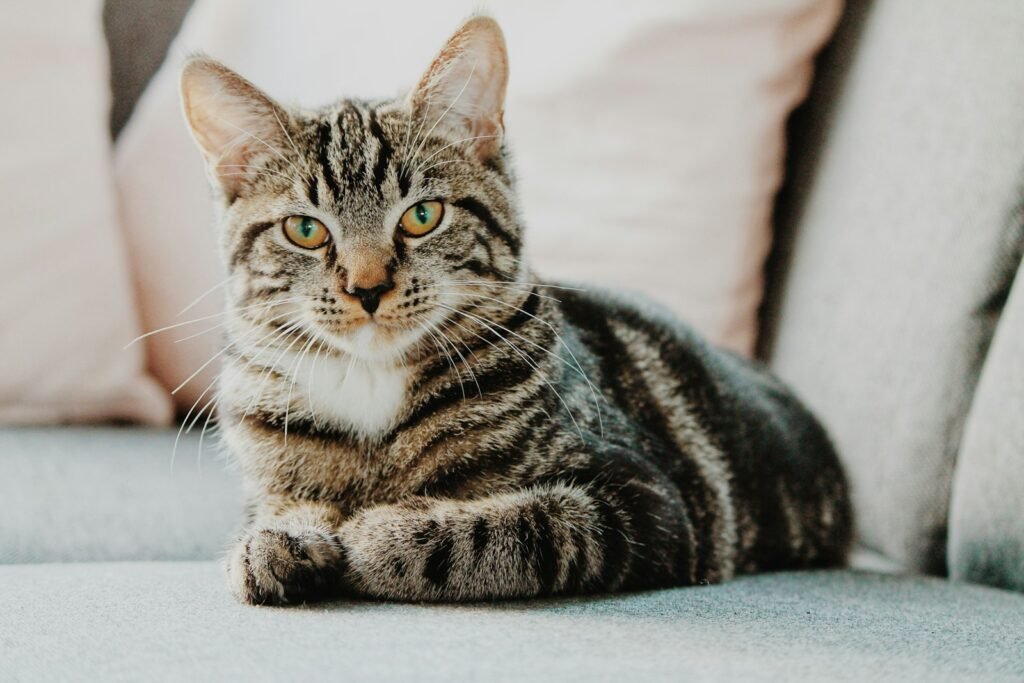
Observing a cat’s body language in conjunction with chatter can provide more context. Cats often exhibit focused stares, ears pricked forward, and tails flicking when chattering. These cues indicate heightened interest or excitement and align with predatory focus.
The Role of Environment and Experience
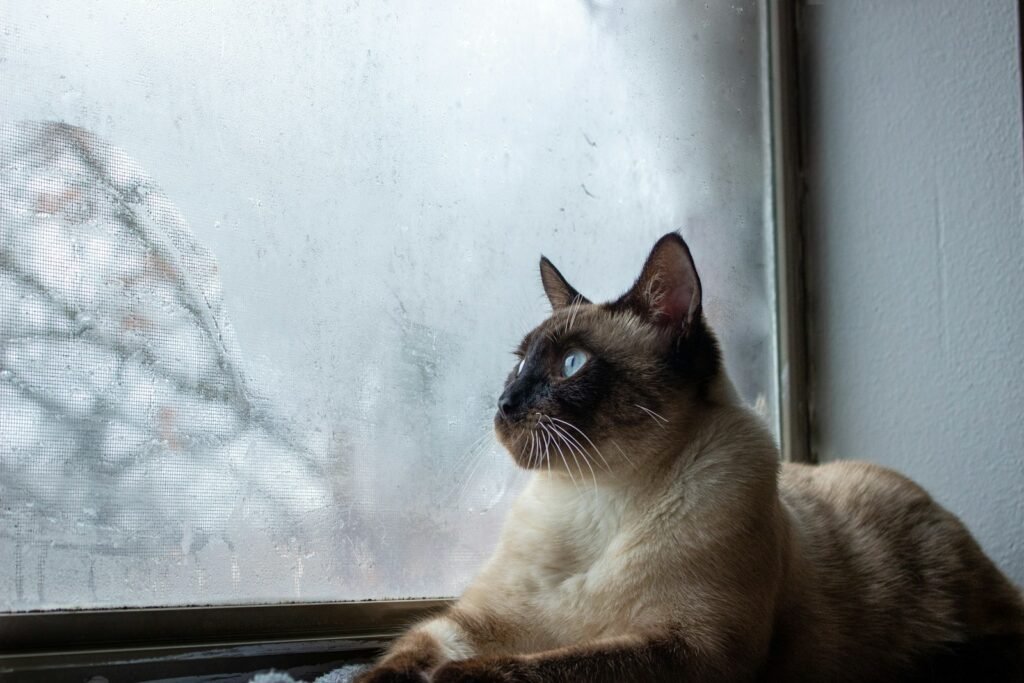
A cat’s environment can influence chattering behavior. Cats with more predatory engagement, like those in areas with abundant bird presence, may chatter more often. Similarly, cats that have had hunting experiences or exhibit strong hunting instincts—often those who grew up outdoors or were stray—are more prone to this behavior.
Does Chattering Reflect Intelligence?

Some observers suggest chattering could indicate cognitive engagement, as cats try to problem-solve the challenge of capturing birds. While definitive links between chatter and intelligence remain under study, it underscores a cat’s adaptive and observational nature, reflecting its capacity for complex behaviors.
How Owners Can Respond
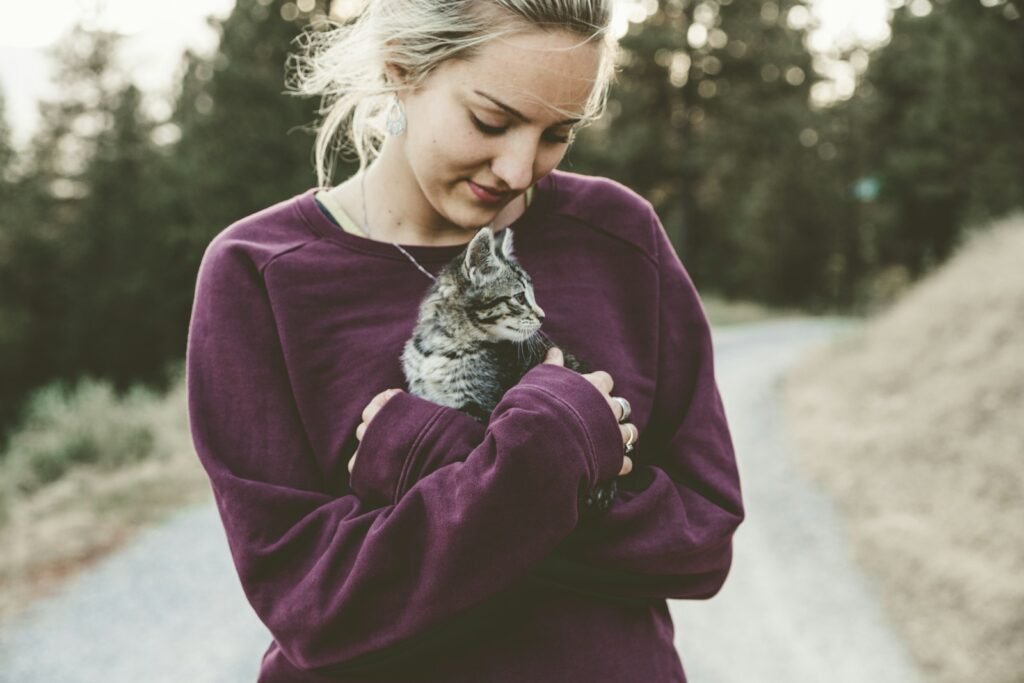
While cat chatter might be amusing or puzzling to cat owners, it generally isn’t a behavioral problem. Ensuring cats have stimulation can mitigate potential frustration. Providing toys, interactive play, and, if possible, safe outdoor experiences can satisfy their predatory instincts and reduce obsessive chattering.
Conclusion: A Fascinating Feline Phenomenon

Cat chatter remains a captivating aspect of feline behavior that continues to pique the interest of pet enthusiasts and researchers alike. Whether it’s an evolutionary remnant, a display of cognitive complexity, or simply an expression of frustration, each chatter adds another layer to the enigmatic nature of our feline friends.

Growing up traveling and experiencing new cultures and wonders, I have had a passion for nature, adventuring, photography, and videography. I am currently working towards a BSc in Biodiversity and Ecology at Stellenbosch University, and I hope to specialise in Marine Sciences one day.
Please send any feedback to Feedback@animalsaroundtheglobe.com





